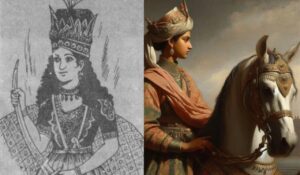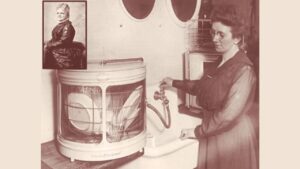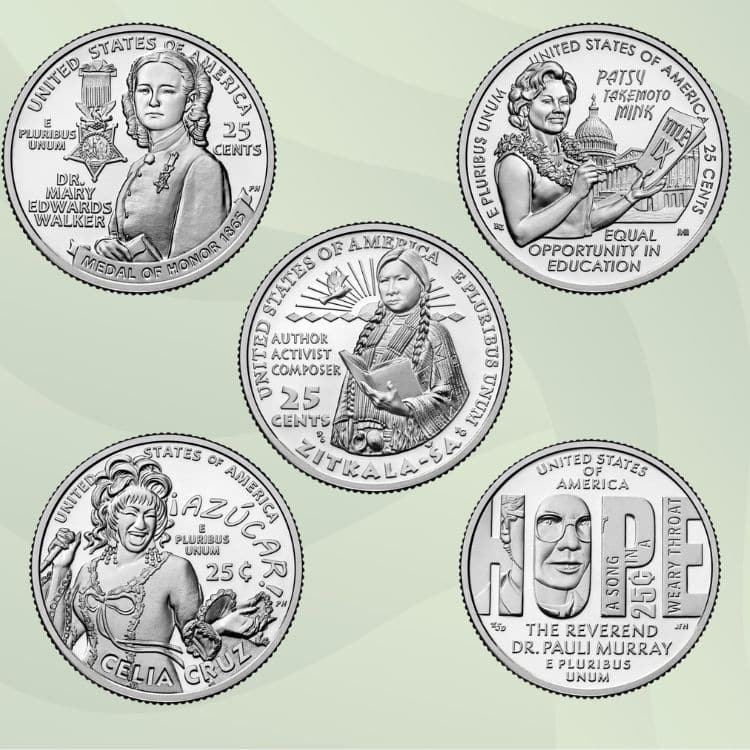Unveiling Medieval Women’s Emotional Expression

Unlocking Women’s Forbidden Emotions
Medieval women of the upper class found ingenious ways to express their emotions despite societal constraints. While overt displays of feeling were frowned upon in their daily lives, they utilized letters and embroidery as covert channels to convey their innermost thoughts and desires.
Letters: Veiled Power and Persuasion
Although elite women were discouraged from engaging in official communication, surviving letters offer a glimpse into their emotional worlds. A notable example is a missive from Aline la Despenser, Countess of Norfolk, to the chancellor of England in 1273. In these letters, women adeptly navigated gender norms, employing persuasion and language typically reserved for male associates to assert influence.
Renaissance Revelations: Women Asserting Cultural Currency
During the Renaissance in Italy, women seized upon letter writing to gain cultural prominence and assert power. Letters by figures like Lucrezia de’ Medici, known as Nannina, and Alessandra Strozzi provide poignant insights into their struggles against societal expectations. Nannina’s poignant words, “Don’t be born a woman if you want your own way,” echo the frustrations of many women trapped in predetermined roles.
Embroidery: Needles as Pens of Rebellion
In addition to letters, embroidery served as a subversive tool for emotional expression. By rejecting traditional patterns dictated by men, women exerted power and authority. Mary, Queen of Scots, famously collaborated with Elizabeth Talbot, Bess of Hardwick, to design embroidery and lace patterns, infusing them with symbols of pride and resistance against her captivity.
Beyond Privilege: Unearthing Voices of All Women
While the surviving records predominantly feature women of high social standing, it’s crucial to acknowledge the silenced voices of lower-class women. Hindered by lack of education, they couldn’t employ these forms of expression. Moreover, archival gaps highlight the selective preservation of what was deemed culturally valuable.
Revealing the True Story of Medieval Women
Contrary to prevailing stereotypes of medieval women as silent and passive, their letters and embroideries unveil a different narrative. These women were bold, strident, and astute, cleverly claiming power within a culture determined to suppress them. Their expressions of forbidden emotions serve as a testament to their resilience and defiance against societal constraints.
By delving into these overlooked forms of expression, we gain a deeper understanding of medieval women’s emotional lives and their enduring quest for agency in a patriarchal society.
Re-reported from the article originally published in The Smithsonian Magazine








